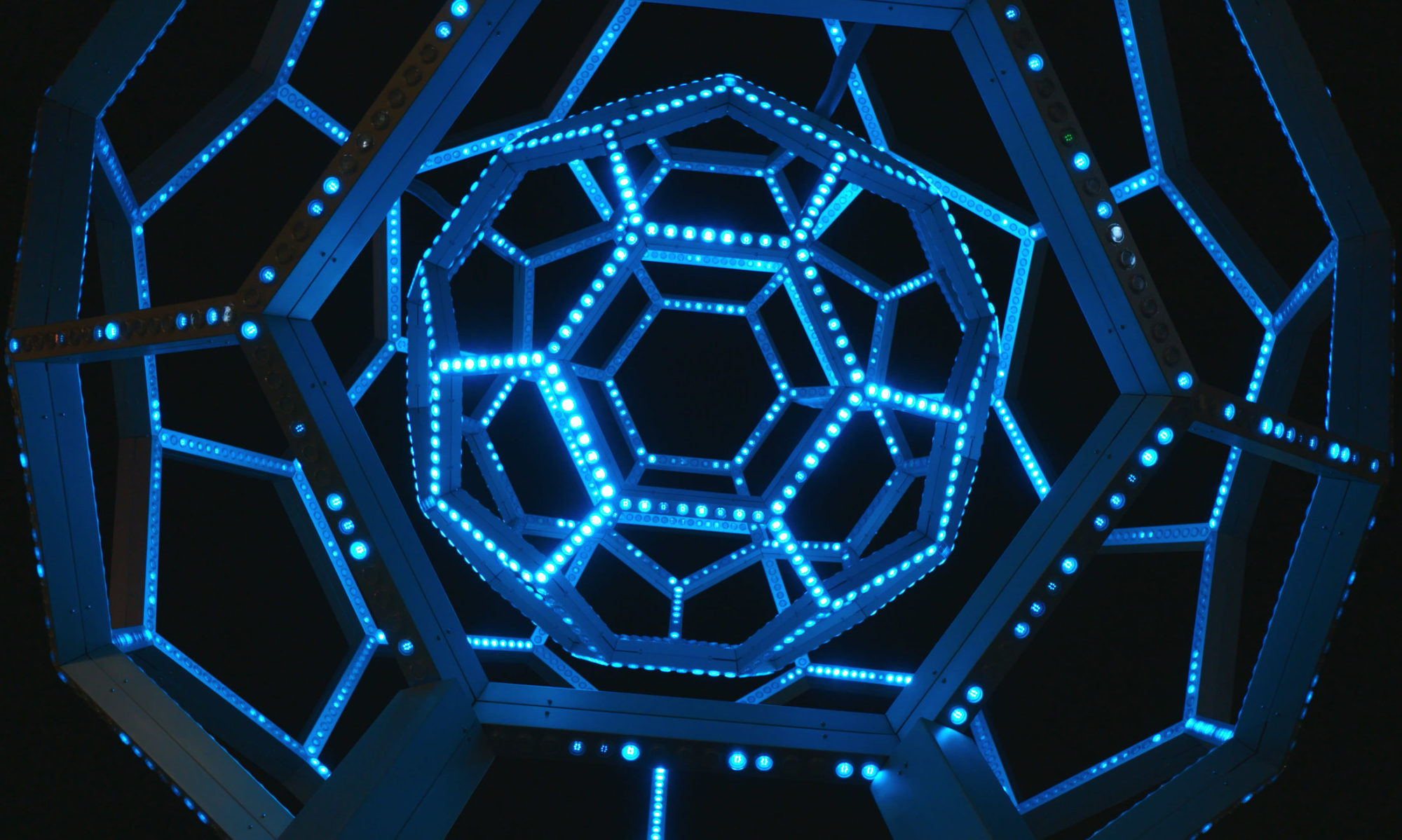Hey everyone,
This week I finished building the structure of my piece. Here are some pictures and a video, this time featuring a better camera than my phone (unfortunately for the video I had no stand to place the camera on, so I had to make do with interacting with the piece and filming at the same time so it is not the greatest but it shows what it need to):








And here is the video (no sound): https://youtu.be/NqG4dshcxG0
Overall thoughts:
I am happy that I was able to setup the system that I desired – where one can place an object on a platform and see it change the piece’s color and lighting. If I had slightly more time one immediate change I would make would be to get a brighter LED light or set up a second light just under the platform the object is placed on. Currently in the light, the LED light is less interesting but whatever you place on the platform is clear to see. And under the dark the led light is more interesting but it is hard to see what is on the platform. I would hope a brighter light or second light would make it see both can be seen clearly under darkness (and maybe look better in the light as well).
If I had much more time or a do over, knowing what I know now, I would consider using a material that wasn’t LEGOs. I am not exactly sure what material, but I think LEGOs did not look as good as I hoped. Additionally with this I would try to build something closer to my original concept had multiple platforms (3-5) and could hold common desk items like staplers, a calculator, etc.
I plan to bring this in tomorrow with coins and a few little figures for people to test with.






















